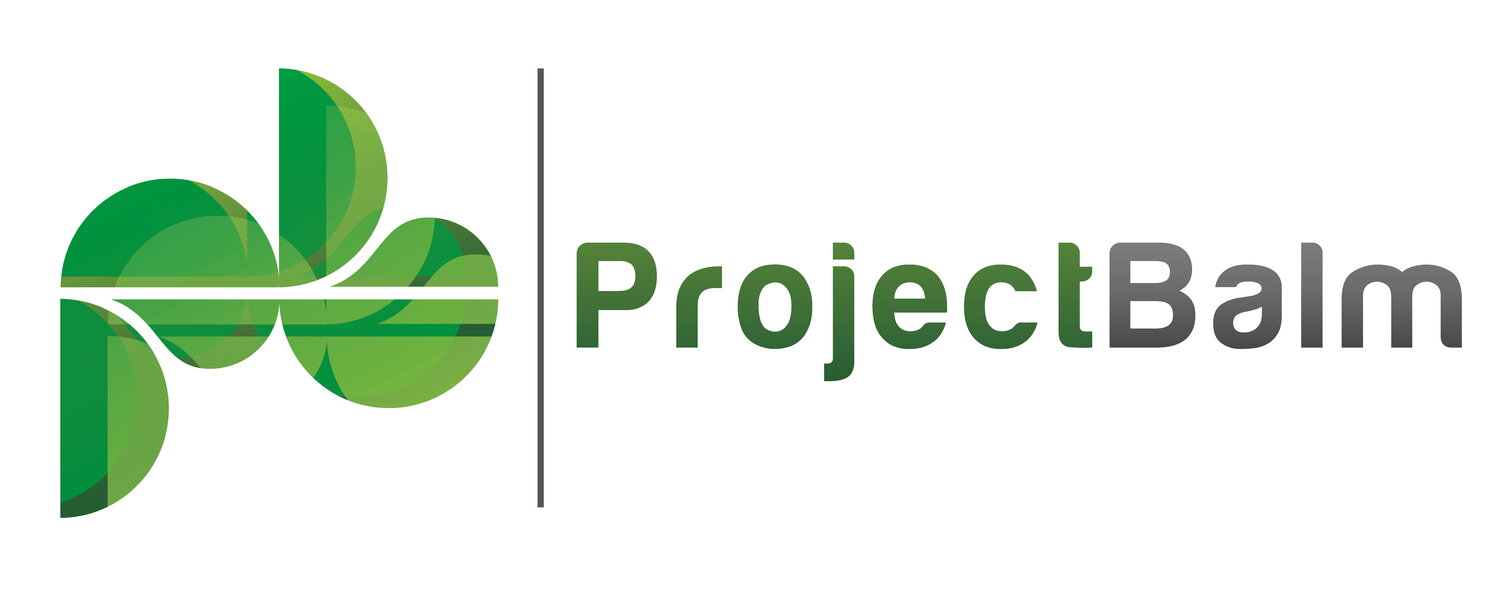Understanding Scope Risks
In project management, "scope" is a critical yet often misconstrued concept, with some practitioners preferring a broad definition and others a narrow one. The Project Management Body of Knowledge (PMBOK® Guide) defines scope as "the work that needs to be accomplished to deliver a product, service, or result with the specified features and functions." This definition encompasses all activities required to achieve project deliverables, highlighting the importance of precise and comprehensive planning.
Studies show that scope-related issues are the most common cause of project setbacks. Therefore, identifying and managing scope risks is essential for ensuring project feasibility and success. The following are the main types of scope risk.
Scope Gaps
It's rare for projects to conclude with the exact scope outlined at their initiation. Scope gaps occur when project requirements are not fully defined or understood at the project's inception. Later discovery of overlooked needs inevitably leads to change. These gaps often result from inadequate analysis or insufficient stakeholder engagement. A detailed scope definition and work breakdown early in the project can help prevent such issues.
Scope Creep
Scope creep, one of the most harmful change risks, refers to the expansion of a project beyond its original objectives. This expansion often results from new ideas or information that emerge during the project lifecycle. Managing scope creep requires a thorough initial definition of requirements and a robust change management process.
Scope Dependencies
Scope dependencies are those external factors impacting the project, such as regulatory change or supplier reliance. Although some risks in this area are unpredictable, many can be anticipated with proper research and planning. Regular monitoring of legal, market, vendor, regulatory, and infrastructure changes is crucial in preparing for these dependencies.
Software and Hardware Failures
Studies indicate that software and hardware defects are notable contributors to scope risks. These defects can significantly delay projects, especially when involving new technologies or performance issues. Problems in these areas are common and can severely disrupt a project. Proactive planning and analysis are vital in identifying and mitigating these risks.
Integration Defects
Integration challenges occur when combining various project components into a cohesive system. Although less frequent, they are complex to diagnose and fix, often appearing at critical stages of the project. Employing advanced software architecture and systems engineering practices can aid in managing these risks.
An Agile Response
Agile methodologies offer an alternative approach to traditional project management, particularly beneficial when dealing with projects with significant scope gaps. Agile techniques focus on tackling the project in short, incremental stages. Each stage produces a functional deliverable, with the scope for subsequent stages based on user feedback and testing of previous deliverables. Agile methods require strong executive buy-in and disciplined project management with firm limits on time and budget. It's important to realize that these methods don't eliminate the need for risk management, but they can help limit the amount of risk exposure. When practicing agile methodologies, frequent risk reassessment is vital.
Risk Register by ProjectBalm is a cost-effective tool that helps you record and manage your risks.
